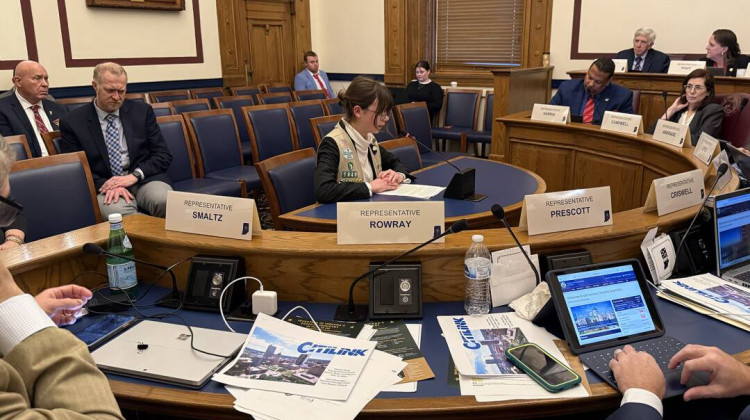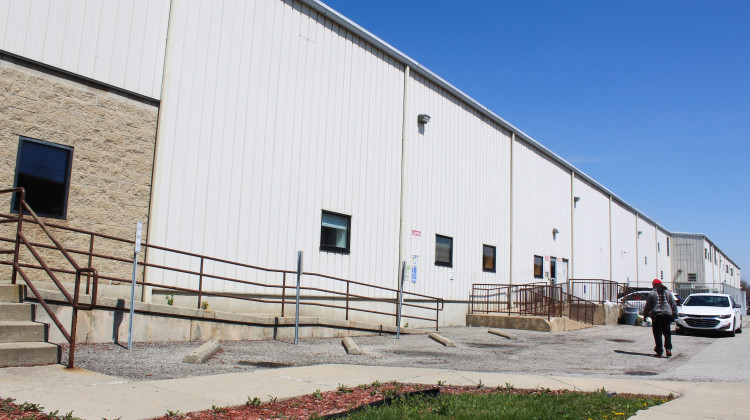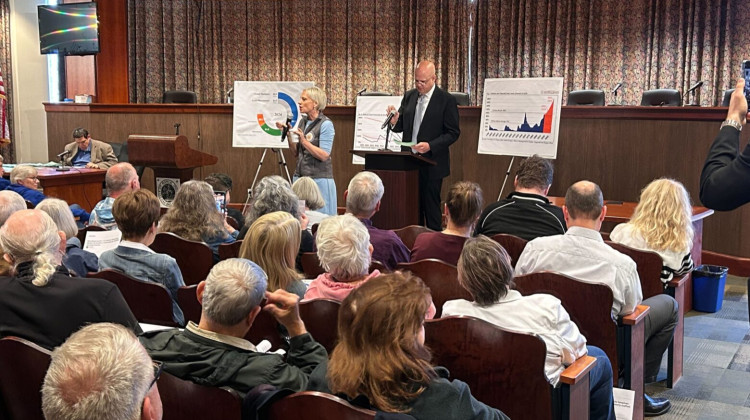
Ball State economist Michael Hicks predicting U.S. economic growth in 2016 at 2.2 percent.
stock photoMUNCIE -- Ball State University’s economist says the United States economy will grow about 2.2 percent next year.
The annual forecast is lower than in previous years, but this year’s predictions take into account the inherent trouble with forecasts.
Last year, Ball State economist Michael Hicks predicted the U.S. would grow its gross domestic product – or GDP – by around 2.7 percent. So did everyone else. In reality, GDP grew by 2.2 percent. For 2016, other forecasts show a growth from 2.5 to 2.75 percent. Not Hick’s. He’s predicting growth in 2016 at 2.2 percent.
“Sadly, each of the years since the Great Recession, my forecast – as well as many economists – has been too optimistic," Hicks said. "And our economic models are now signaling slower growth, not only for 2016, but for the long run.”
Hicks isn’t the only one lamenting an incorrect forecast. James Bullard is the president of the Federal Reserve Bank of St Louis. He’s also on the Federal Reserve committee tasked with the national forecast – predicting in June what happens to GDP, unemployment, and inflation for the next calendar year. Bullard said for 2015, the Fed got all three wrong.
“The committee was too optimistic on real GDP growth, too pessimistic on unemployment, and too sanguine that inflation would come back to target – our target is 2 percent on the committee – it did not come back to target,” he said.
In 2016 and beyond, Hicks says population growth will be a key factor for looking at the health of Indiana’s economy. He says the state’s population will grow to more than 7 million people by the year 2030, with the biggest growth in Indiana’s urban areas – Indianapolis and greater Fort Wayne.
“Any place that’s growing has two things typically," Hicks said. "It’s got a fairly large urban area and it is attracting people because it has good schools and good quality of place. That’s almost ubiquitous. Places that are really suffering – our report has that – are rural areas.”
Hicks says his forecast doesn’t factor in any long-term results from the state’s Regional Cities Initiative – where state money is given to regions for improvement projects with the hopes of new business investment and population growth. The state hasn’t yet said which regions will receive money for their plans. But Hicks says regardless of who gets funded, the results probably won’t change his predictions.
 DONATE
DONATE






 Support WFYI. We can't do it without you.
Support WFYI. We can't do it without you.